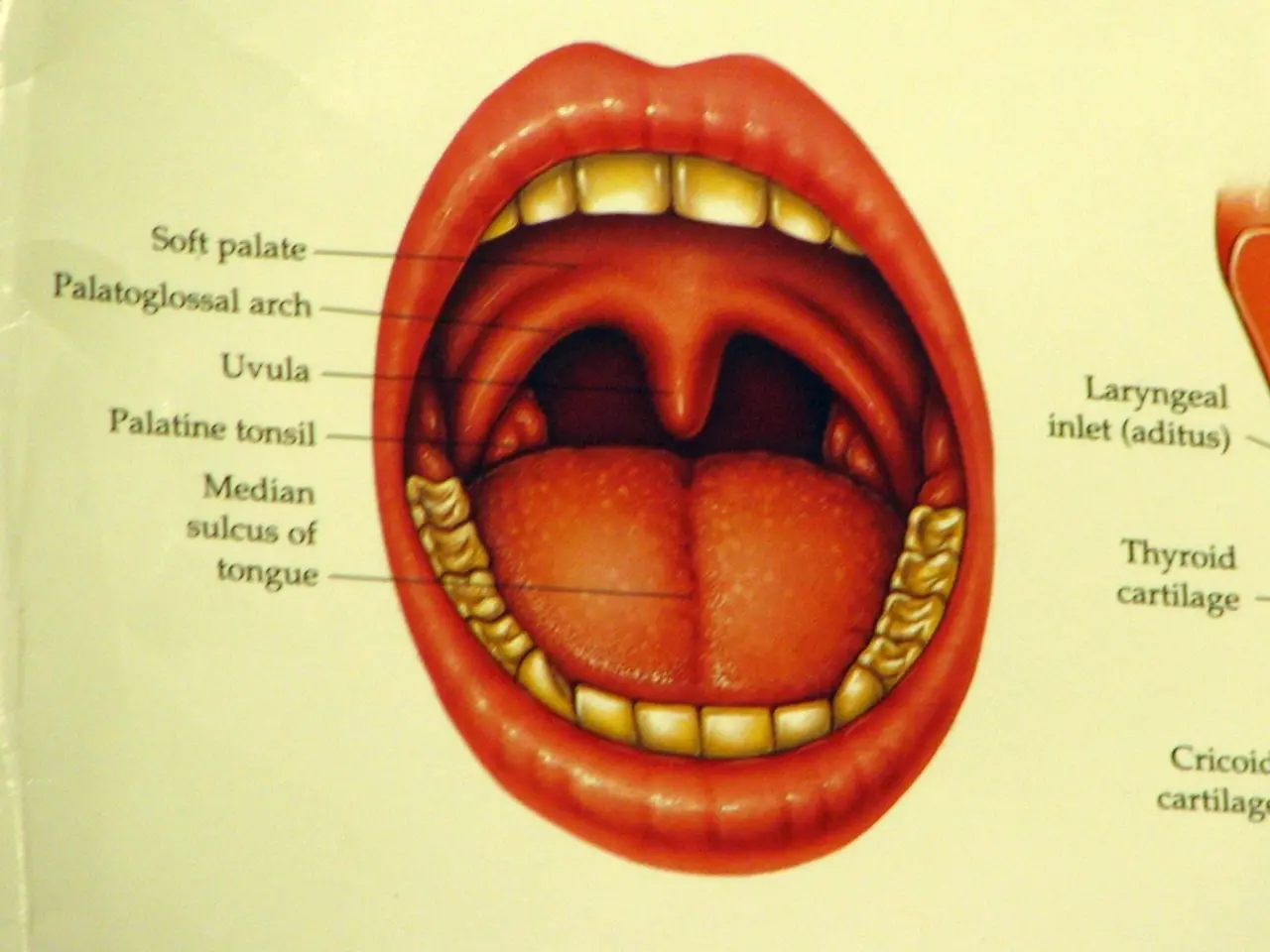Provide oral glucose administration for blood sugar management in general
In the world of managing blood sugar levels, oral glucose has become an essential tool. This fast-acting form of glucose, available over-the-counter, plays a crucial role in maintaining optimal cell function, particularly for the brain, which heavily relies on glucose for energy.
When blood sugar levels drop below 70 mg/dL (3.9 mmol/L), administering oral glucose can be a lifesaver. This concentrated source of carbohydrates is quickly absorbed into the bloodstream, providing an immediate source of glucose that helps reverse symptoms of hypoglycemia such as dizziness, sweating, confusion, and weakness. By restoring blood sugar to a normal range, oral glucose helps prevent complications that can arise from low blood sugar levels, such as loss of consciousness or seizures.
In diabetic emergencies, oral glucose provides an effective rescue measure when blood sugar levels are low due to insulin or other glucose-lowering medications. In conscious patients who can swallow safely, oral glucose is preferred before more invasive measures like glucagon injections.
Exercise, especially aerobic, can cause hypoglycemia, particularly in people with diabetes or those on insulin. Including oral glucose in a post-exercise routine can help prevent symptoms of hypoglycemia and support overall recovery. Consuming 15-30 grams of simple carbohydrates 30 minutes before exercise and additional carbohydrate during prolonged activity helps maintain blood sugar stability. After exercise, oral glucose can help prevent delayed hypoglycemia and restore glycogen stores.
Proper usage of oral glucose involves administering a quick-acting form of glucose when blood sugar drops below 70 mg/dL. The standard initial dose recommended for conscious individuals is 15 grams of fast-acting carbohydrate, such as glucose tablets or gel, fruit juice, or honey. Re-checking blood glucose 15 minutes after administration; if still low, repeat the dose. Once blood glucose returns to normal, follow with a snack containing protein and complex carbohydrates to sustain glucose levels and prevent rebound hypoglycemia. Avoid physical activity until blood sugar stabilizes.
In summary, oral glucose administration is an effective, fast-acting treatment for hypoglycemia in diabetic patients and can also be strategically used around exercise to prevent and manage low blood sugar episodes. It is crucial to have oral glucose readily available in emergency kits or within reach for quick response to hypoglycemia. The mechanism of action of oral glucose is to provide an immediate source of glucose that raises blood sugar levels rapidly, making it a valuable tool in stabilizing blood sugar levels effectively.
In the realm of health and wellness, oral glucose can be a vital resource in managing not just blood sugar levels but also medical-conditions related to hypoglycemia, especially in fitness-and-exercise situations. To maintain optimal health, nutrition that includes simple carbohydrates before, during, and after exercise can help prevent low blood sugar episodes and support fitness recovery.




